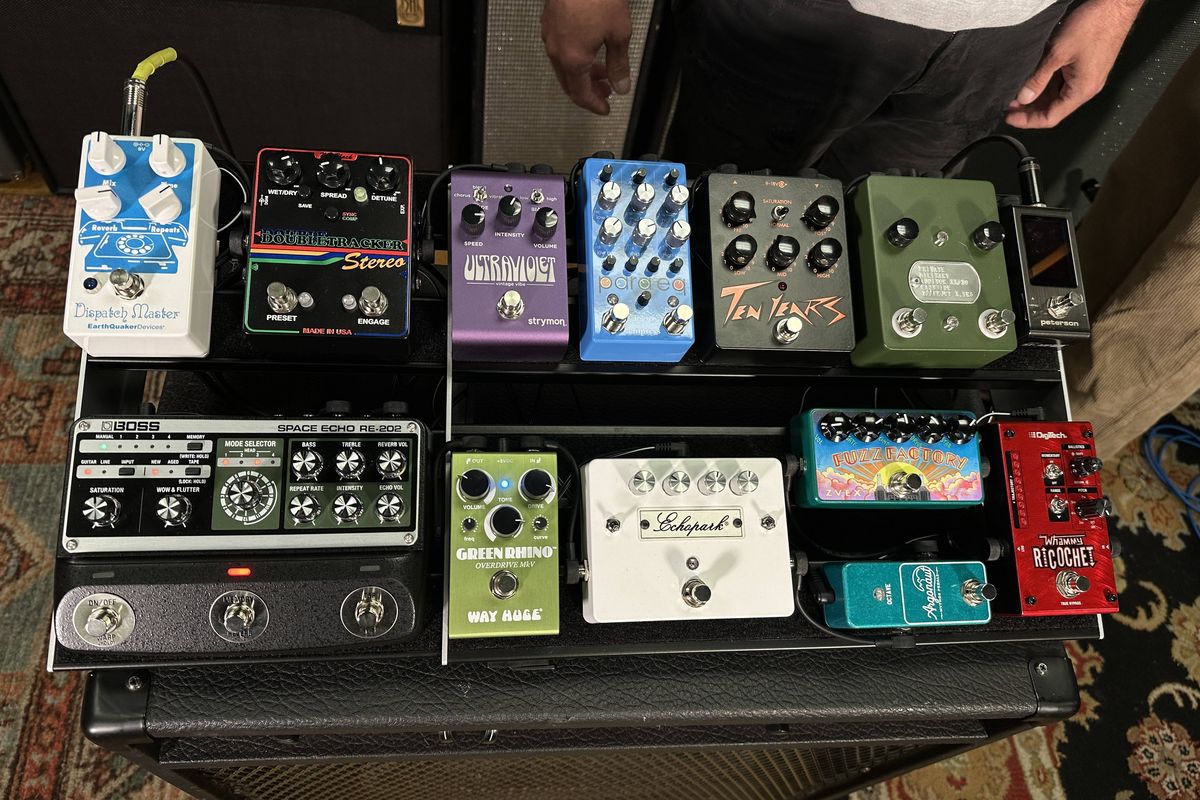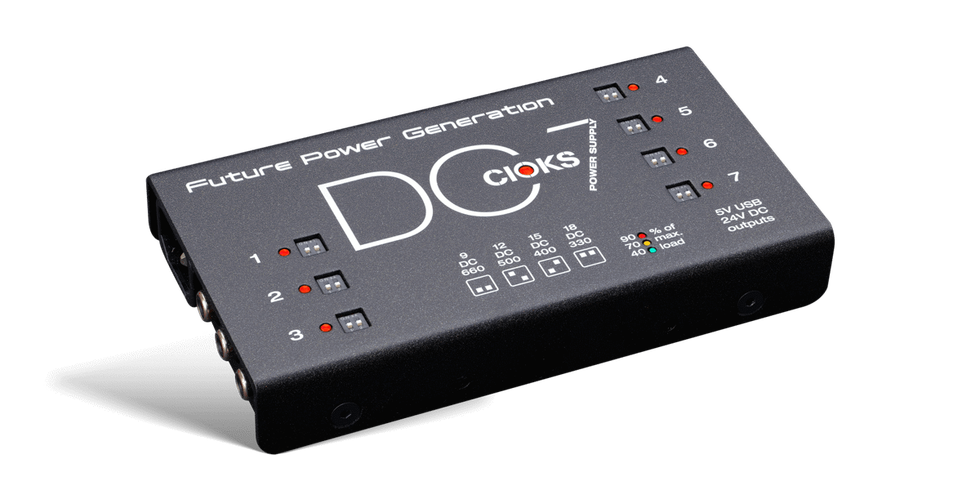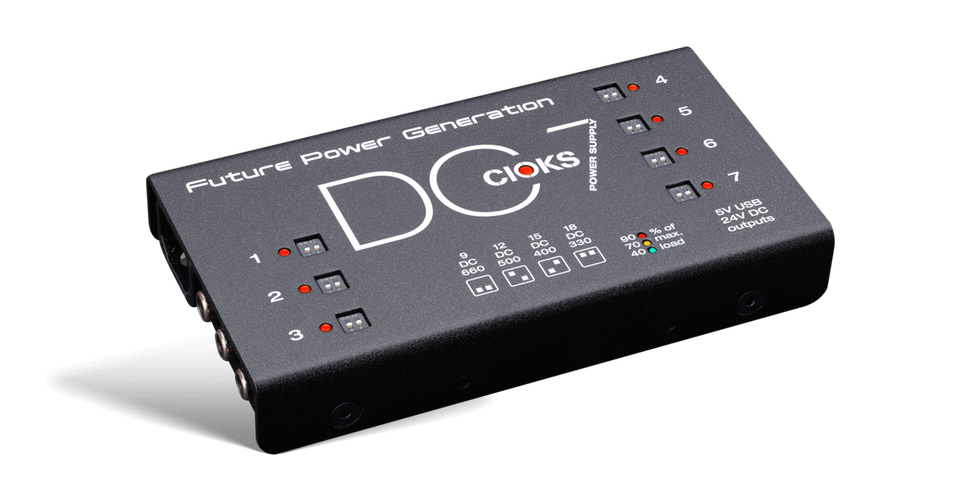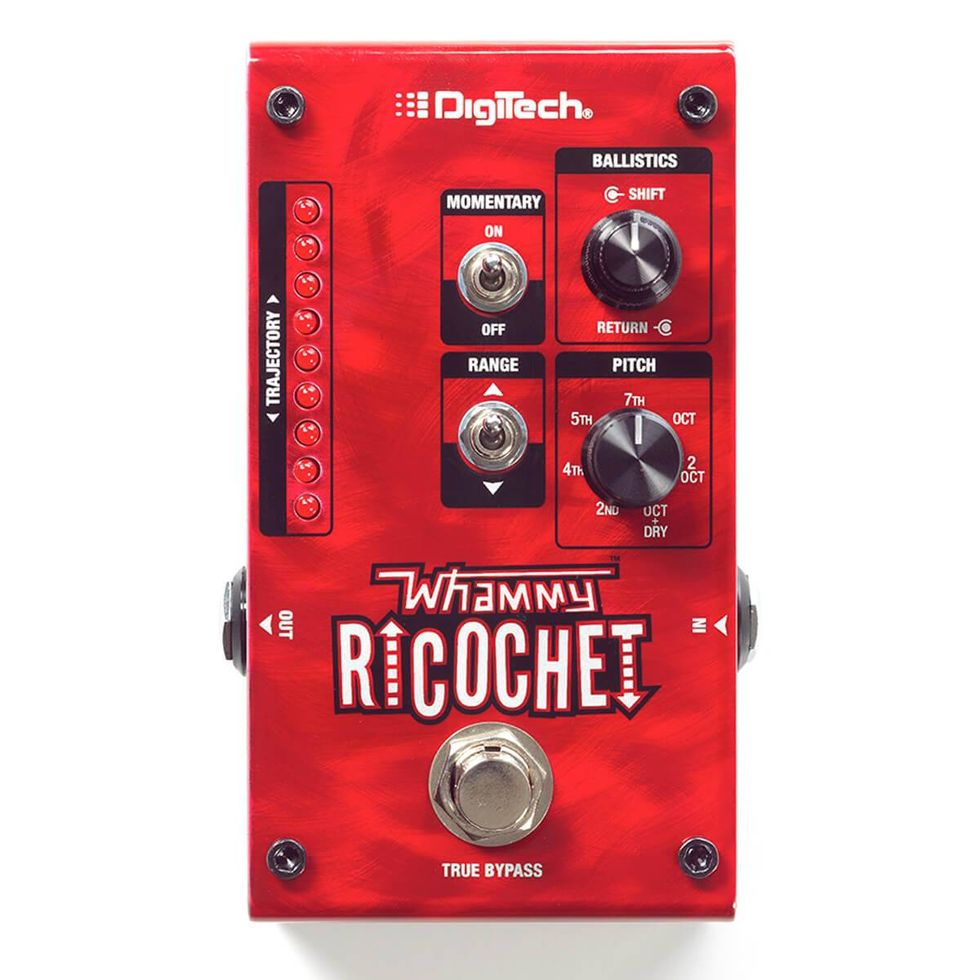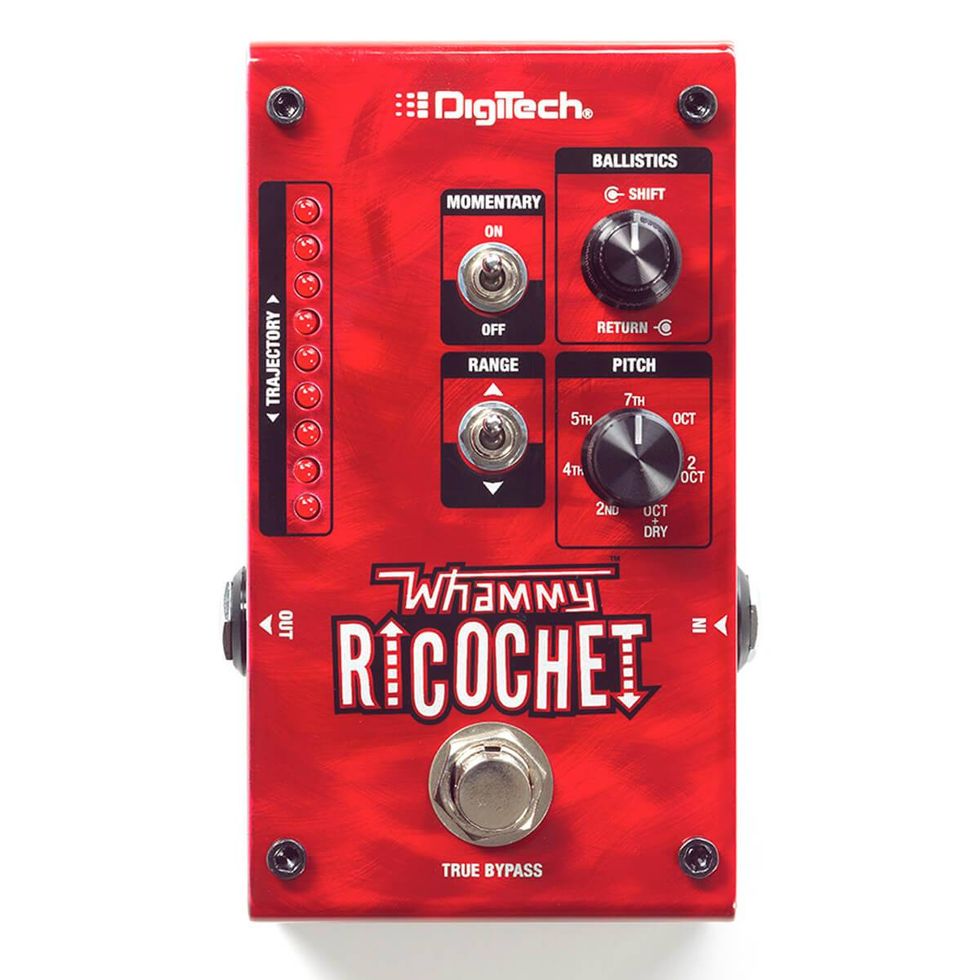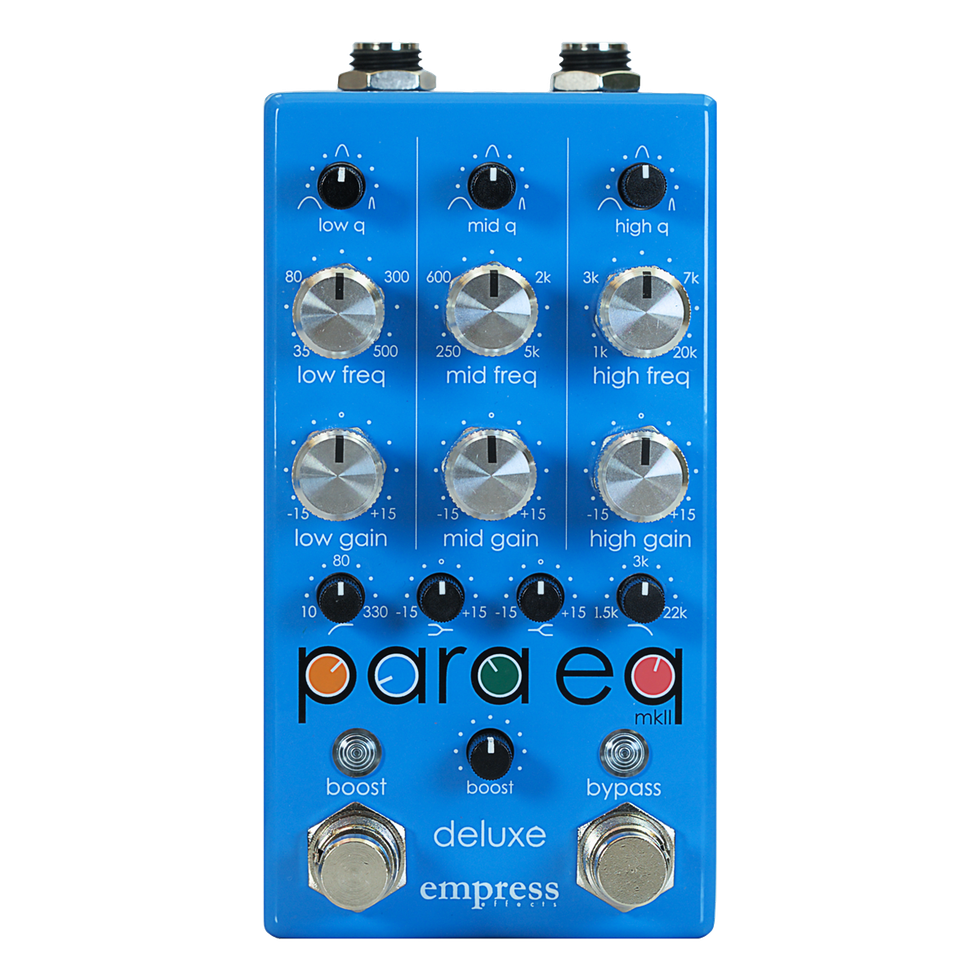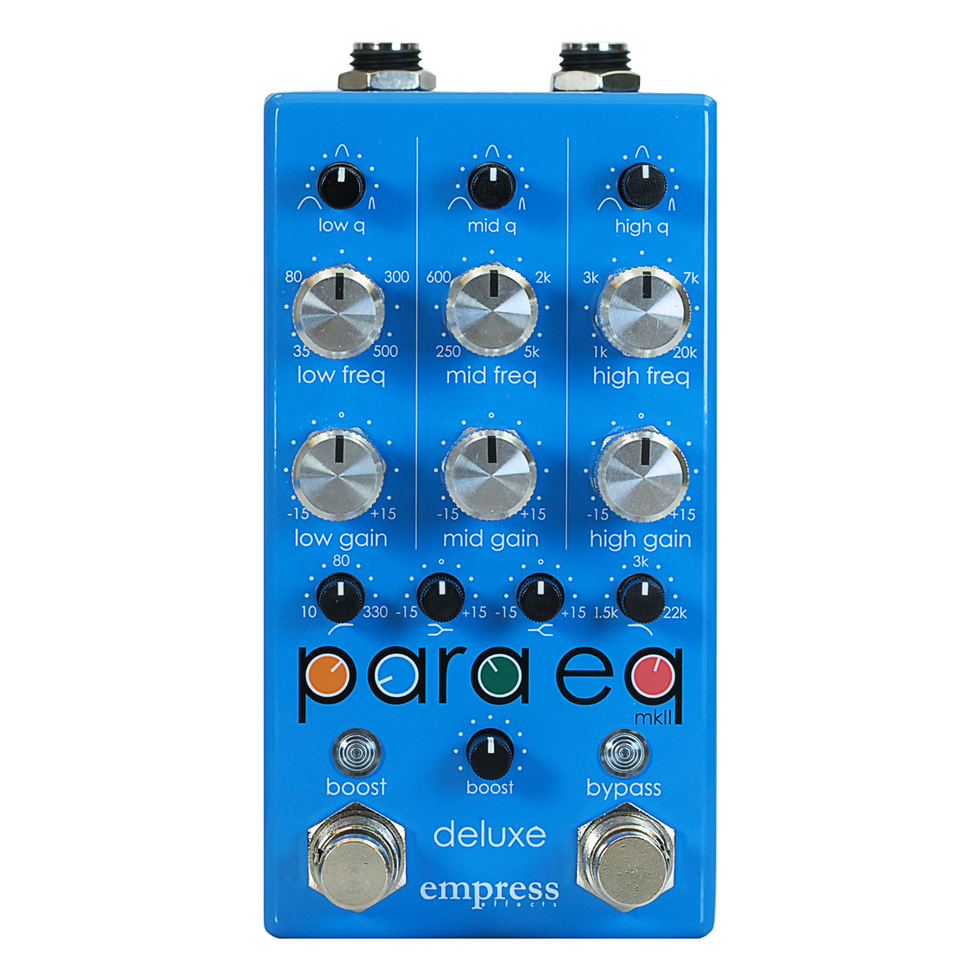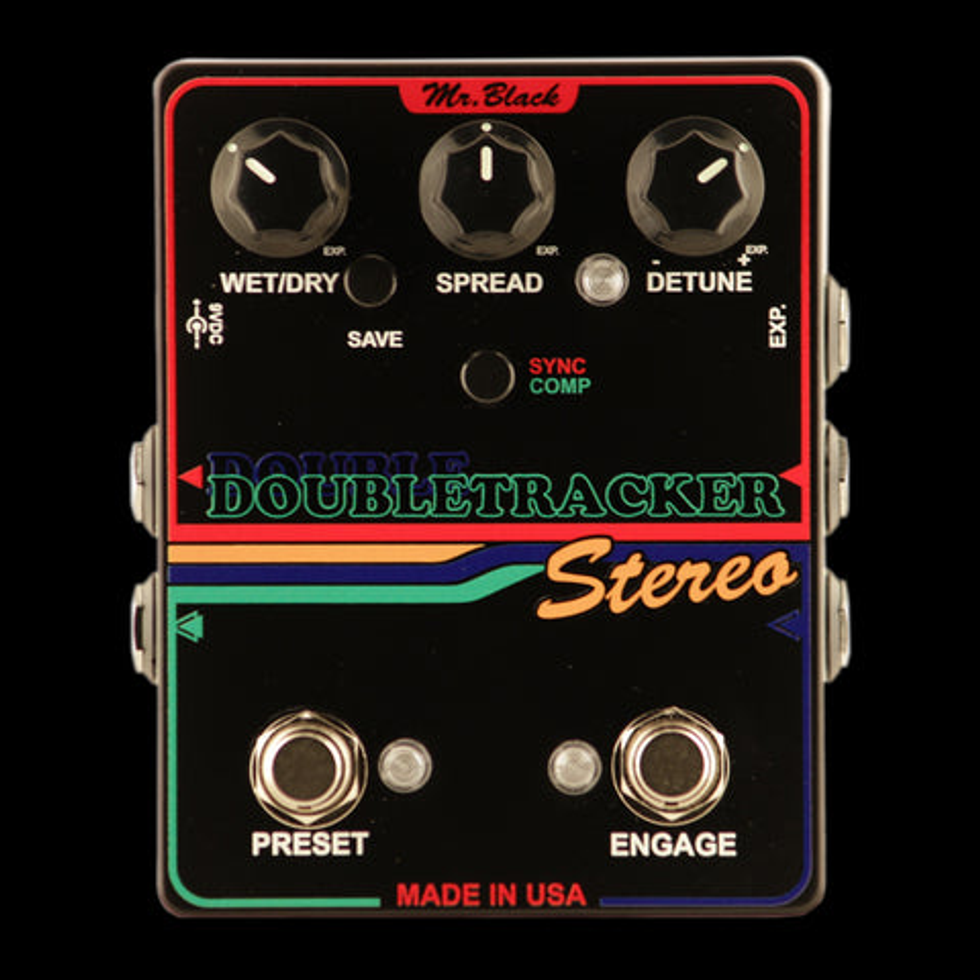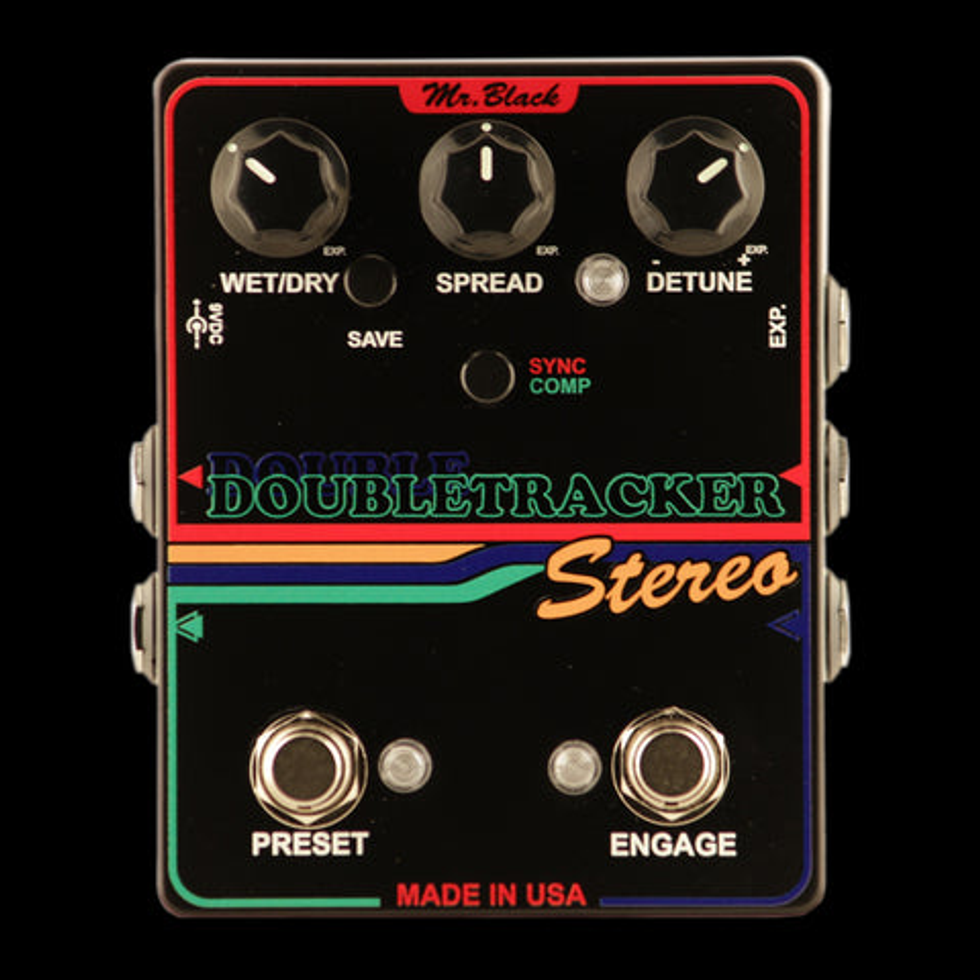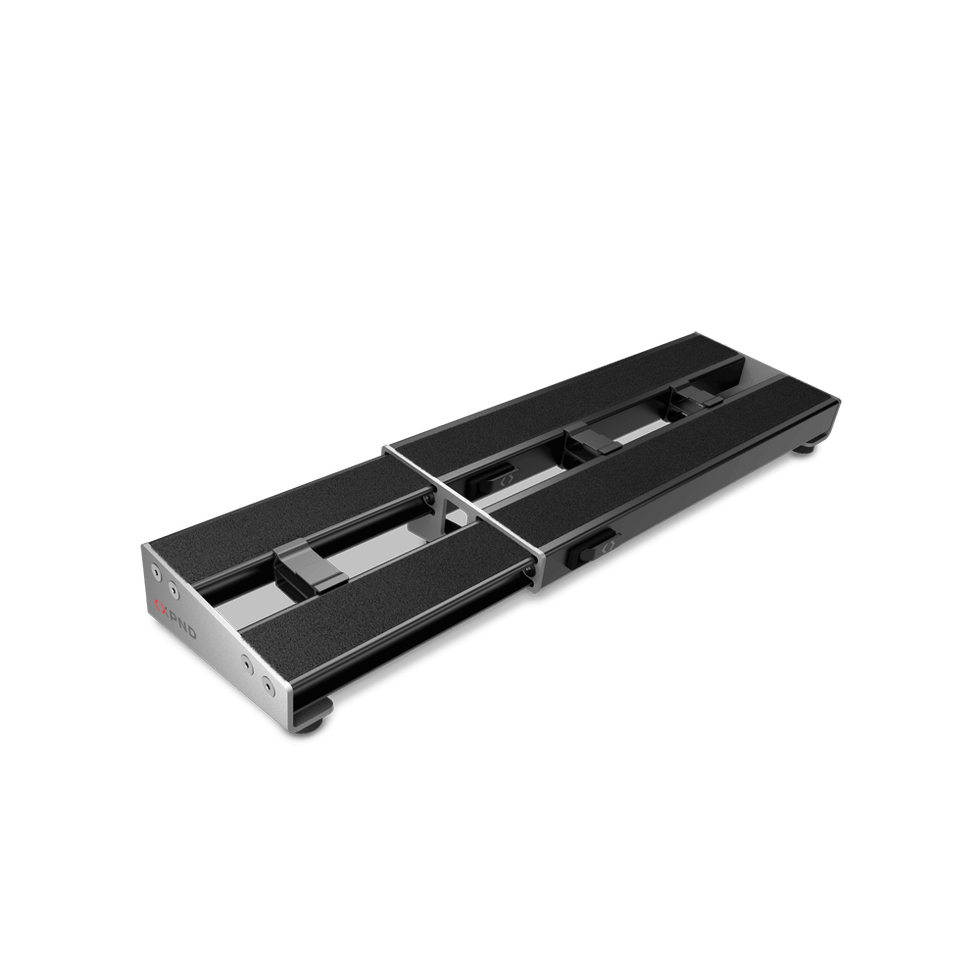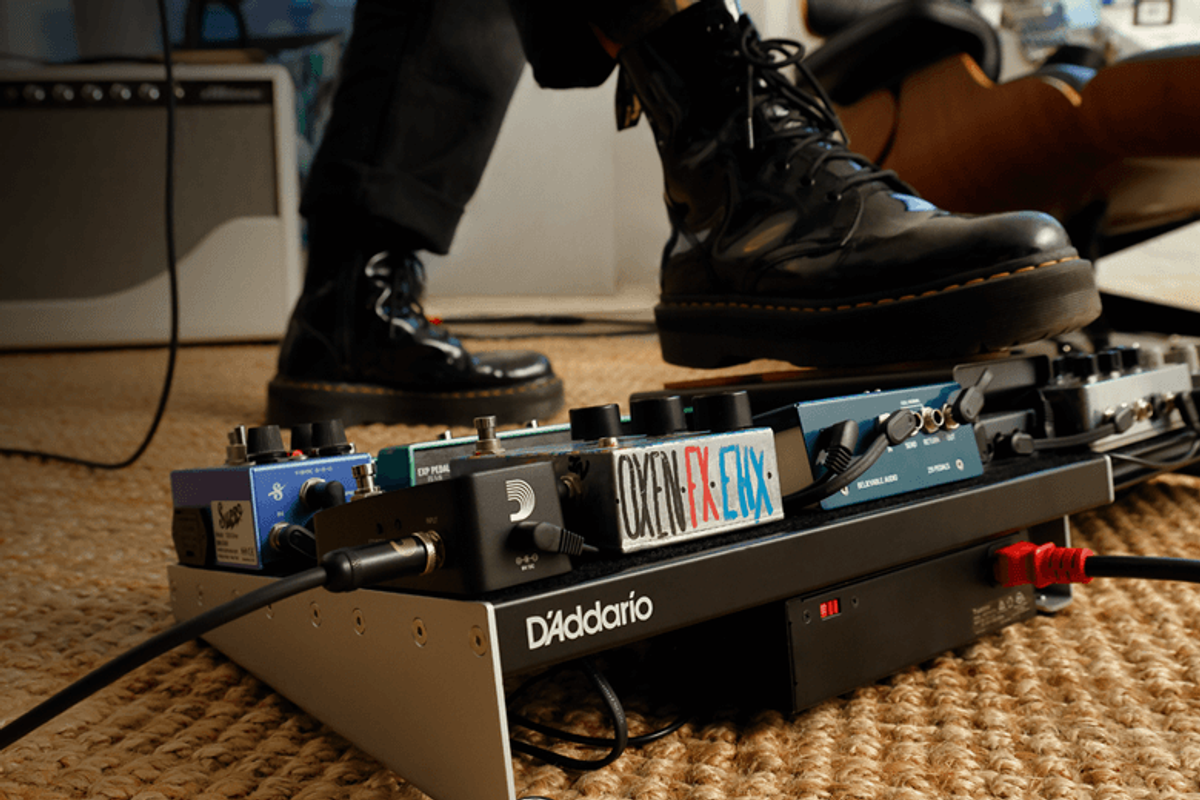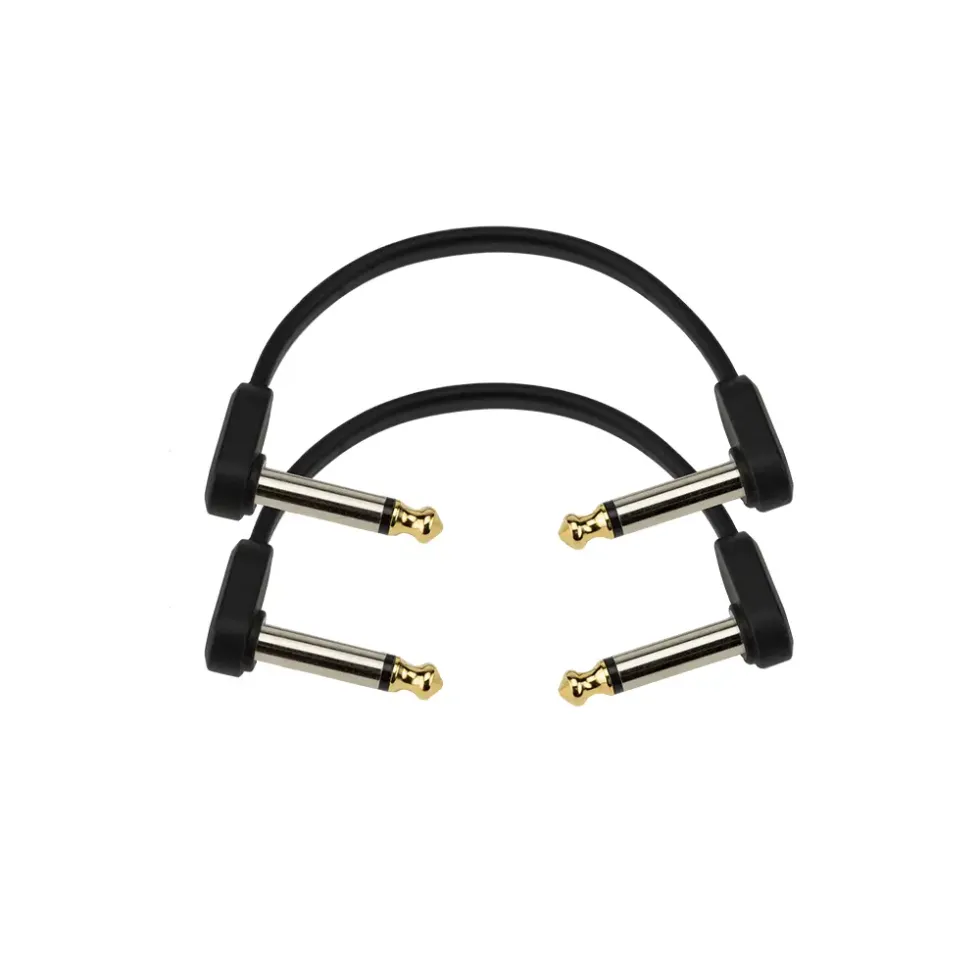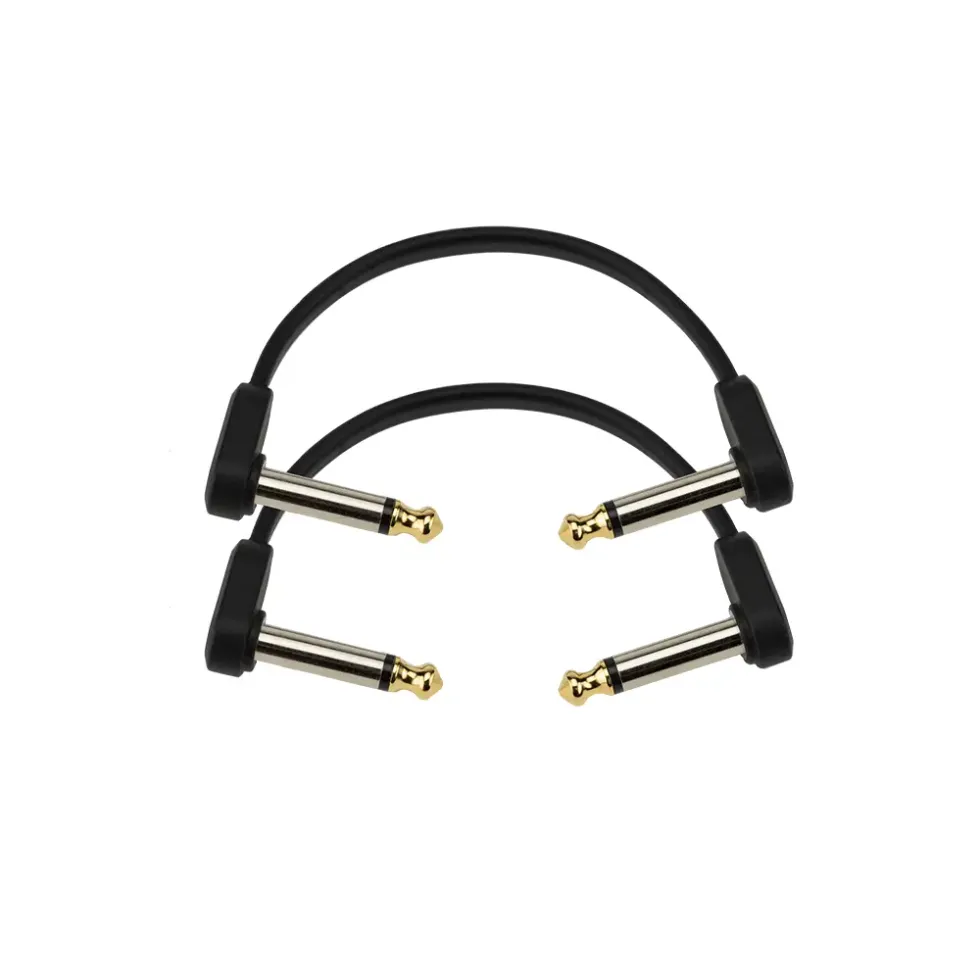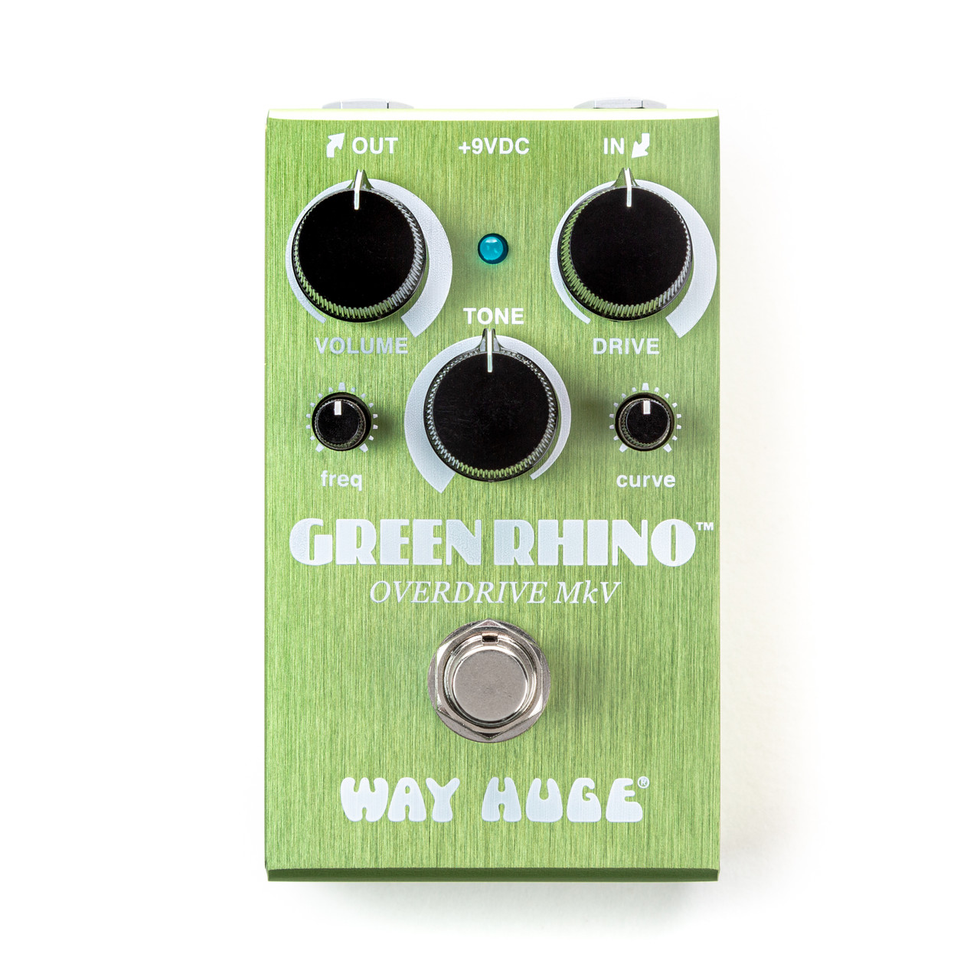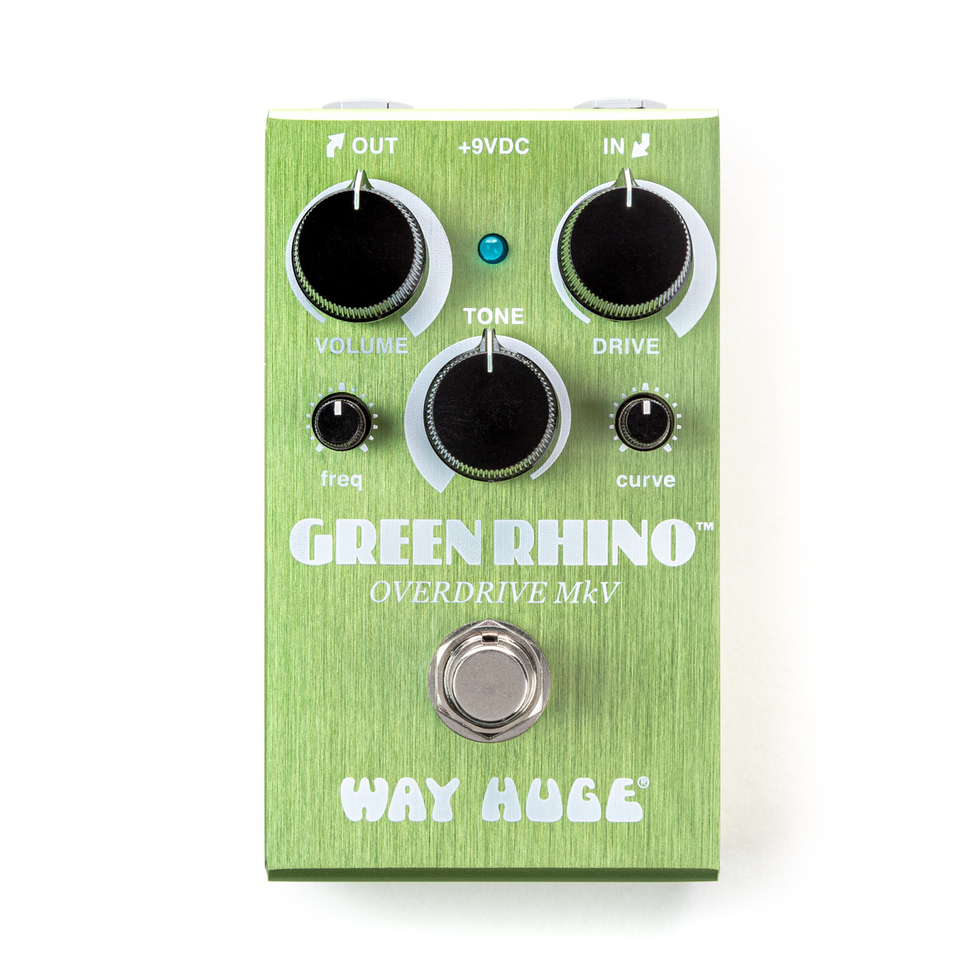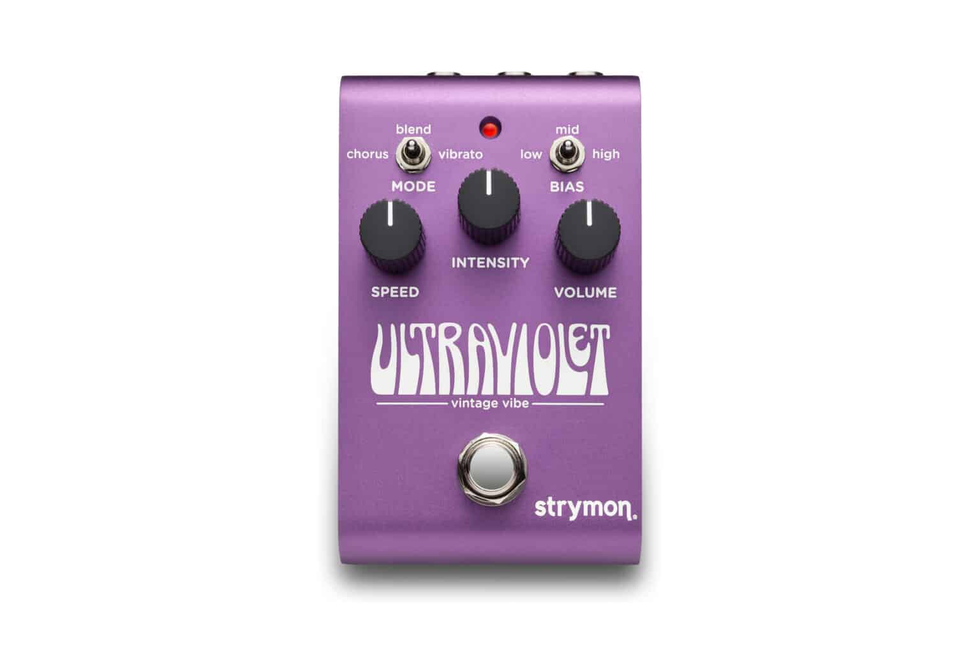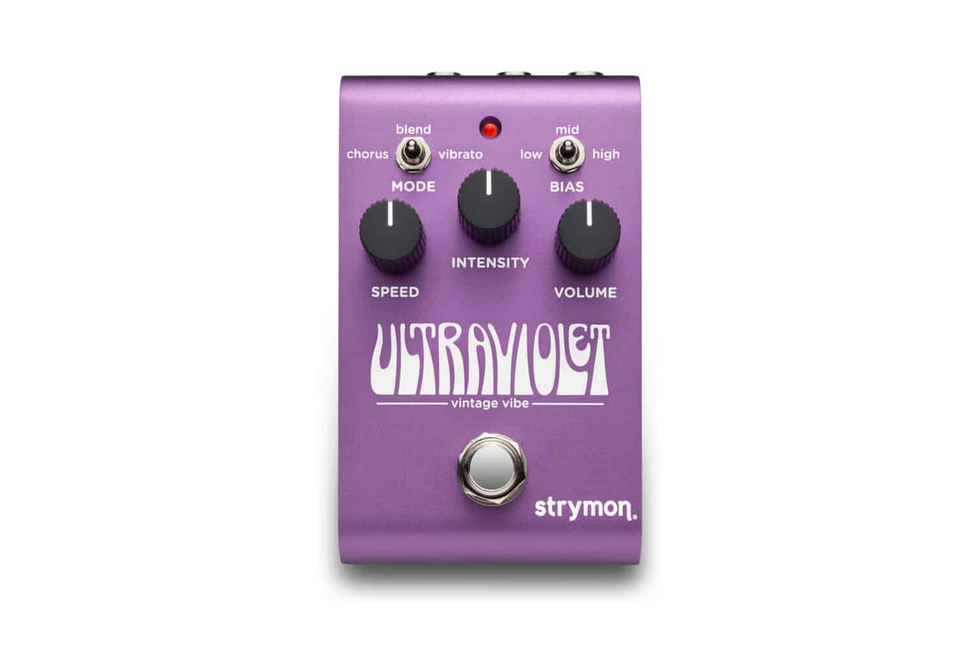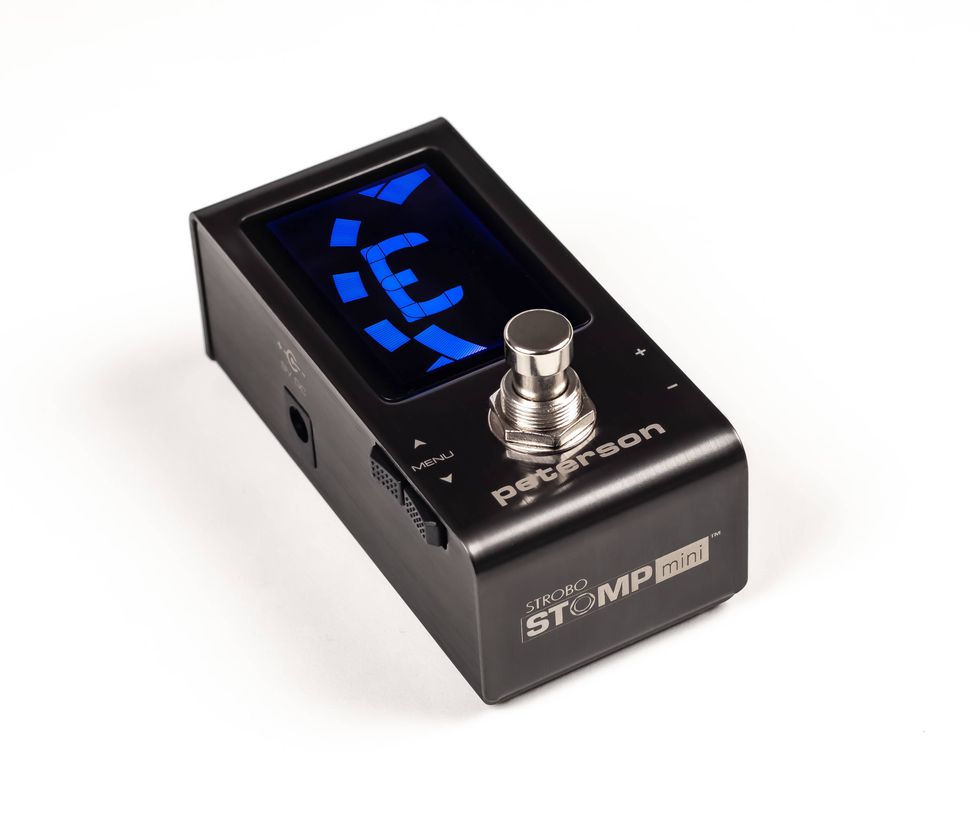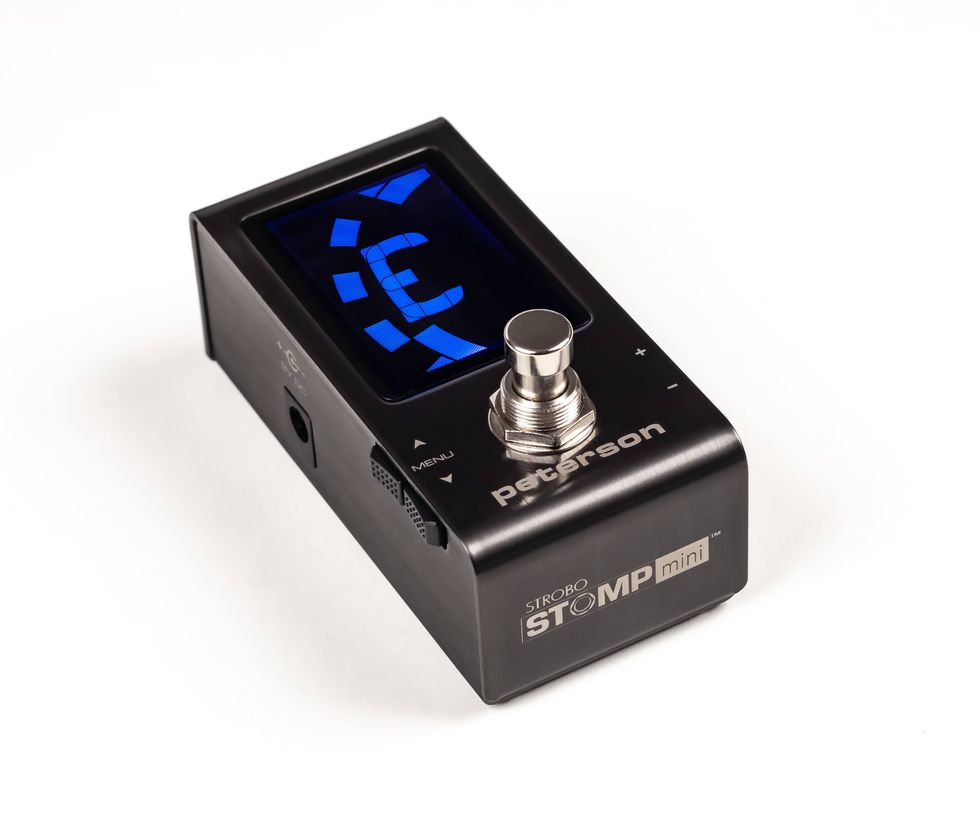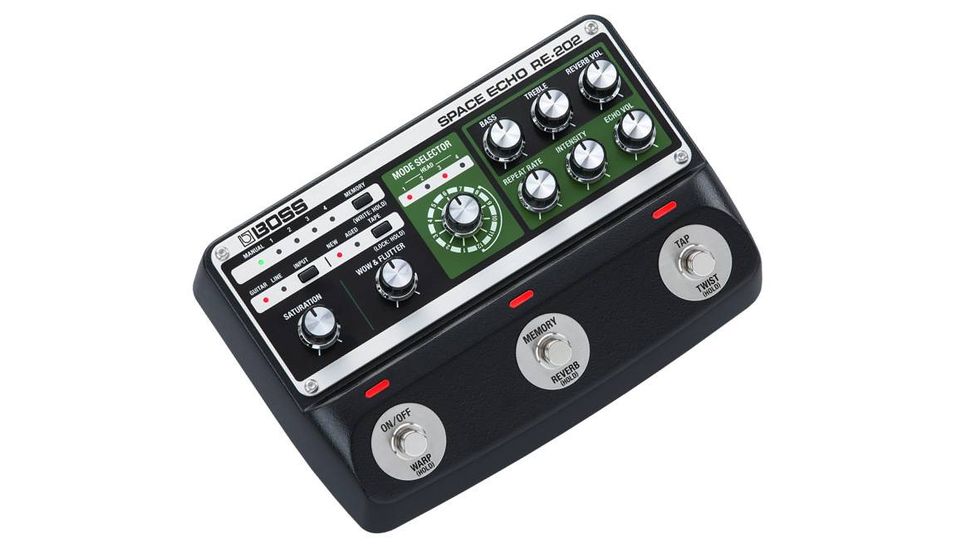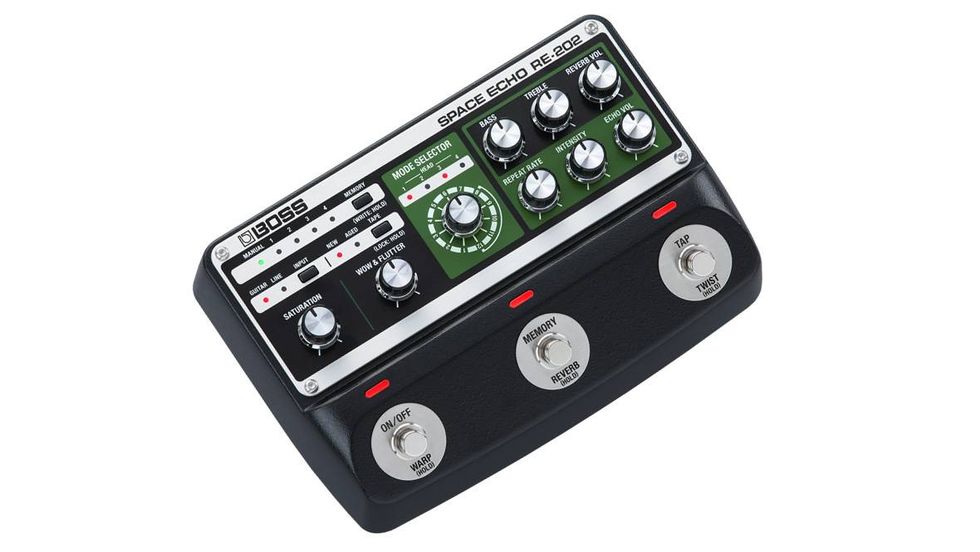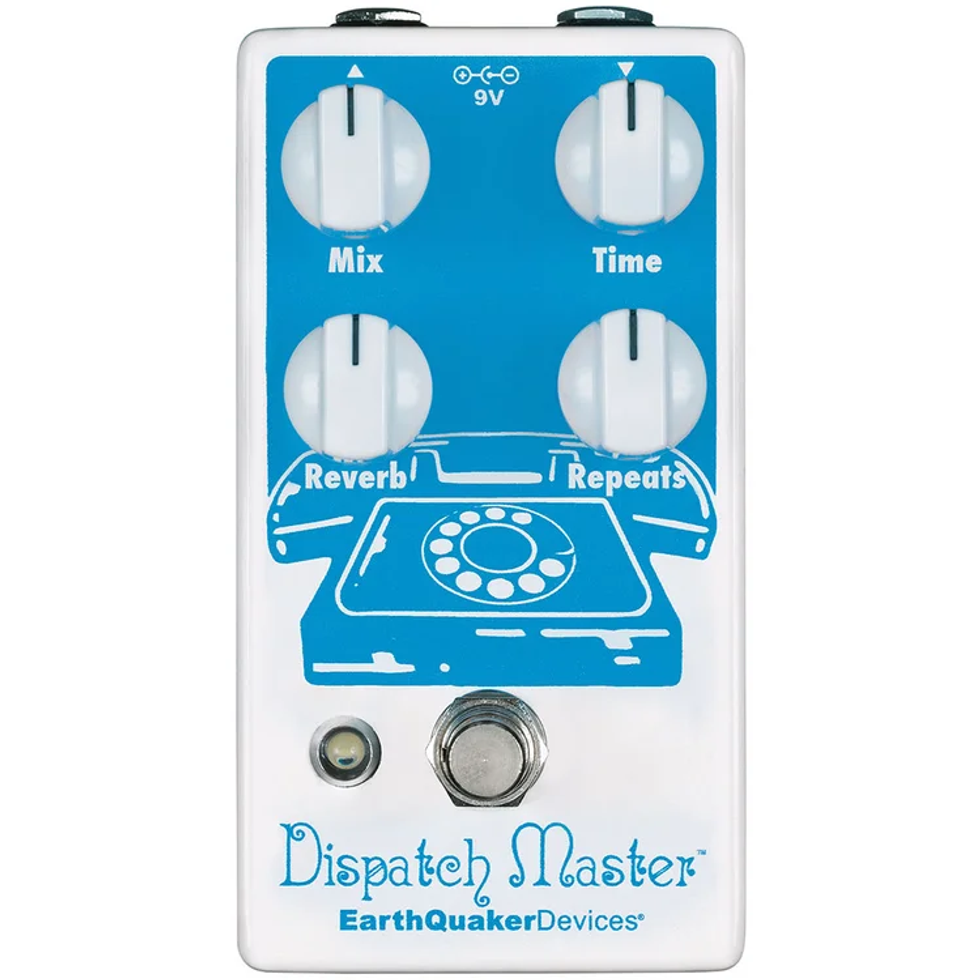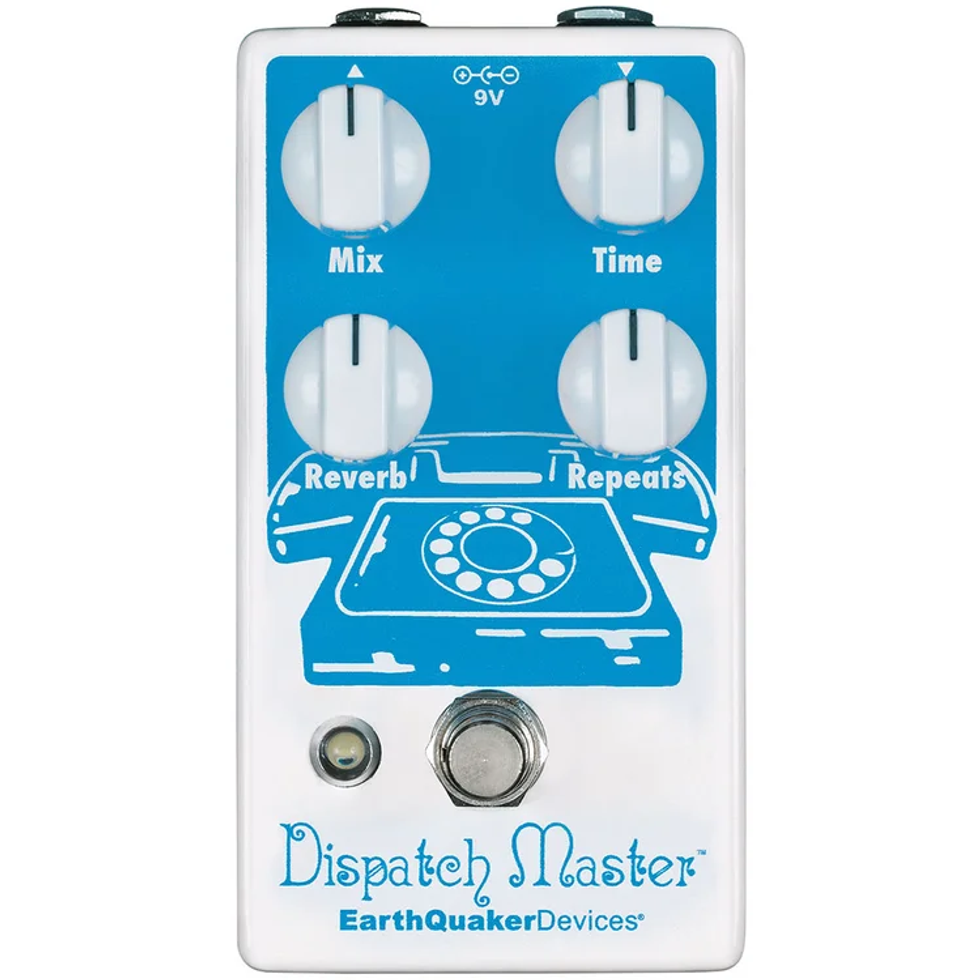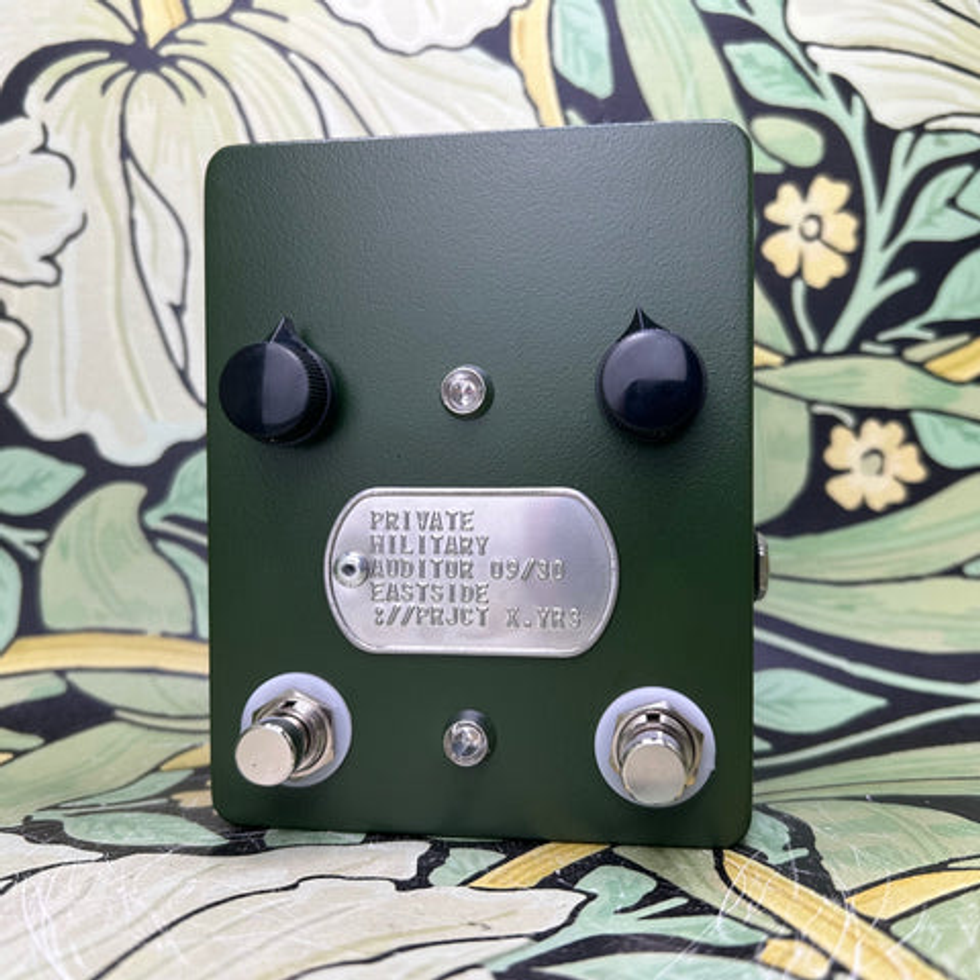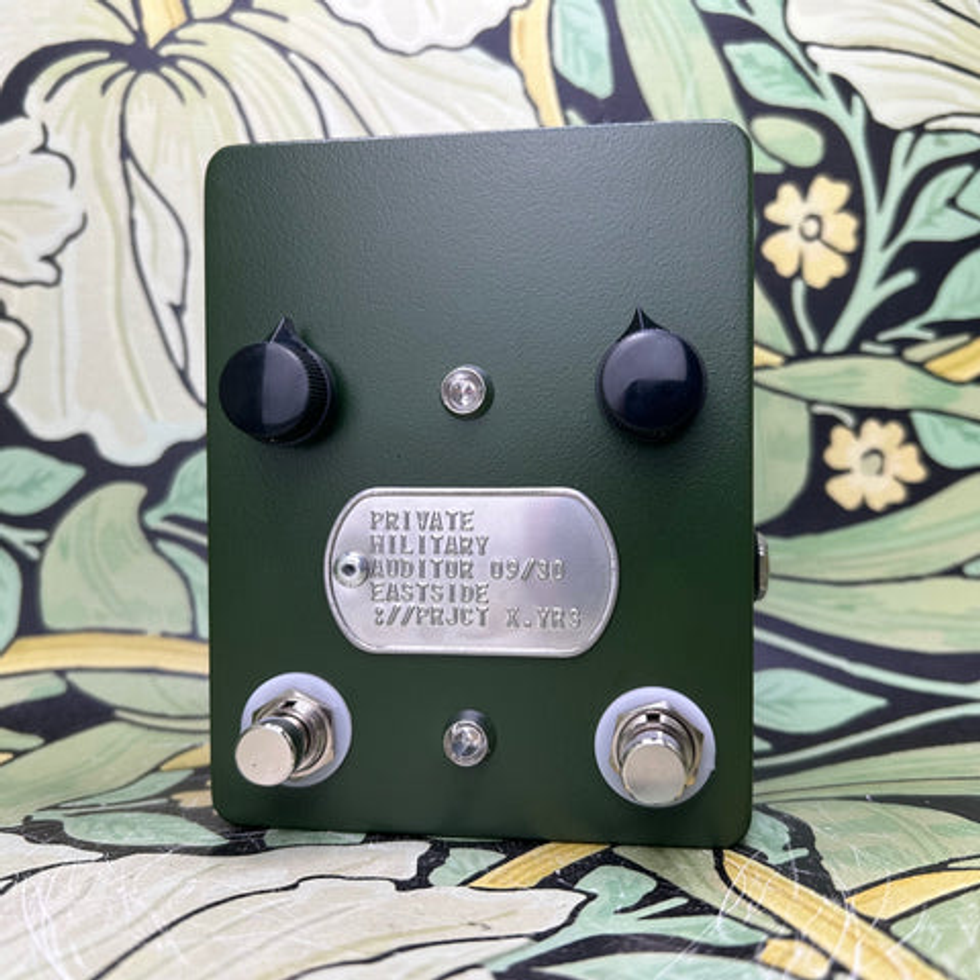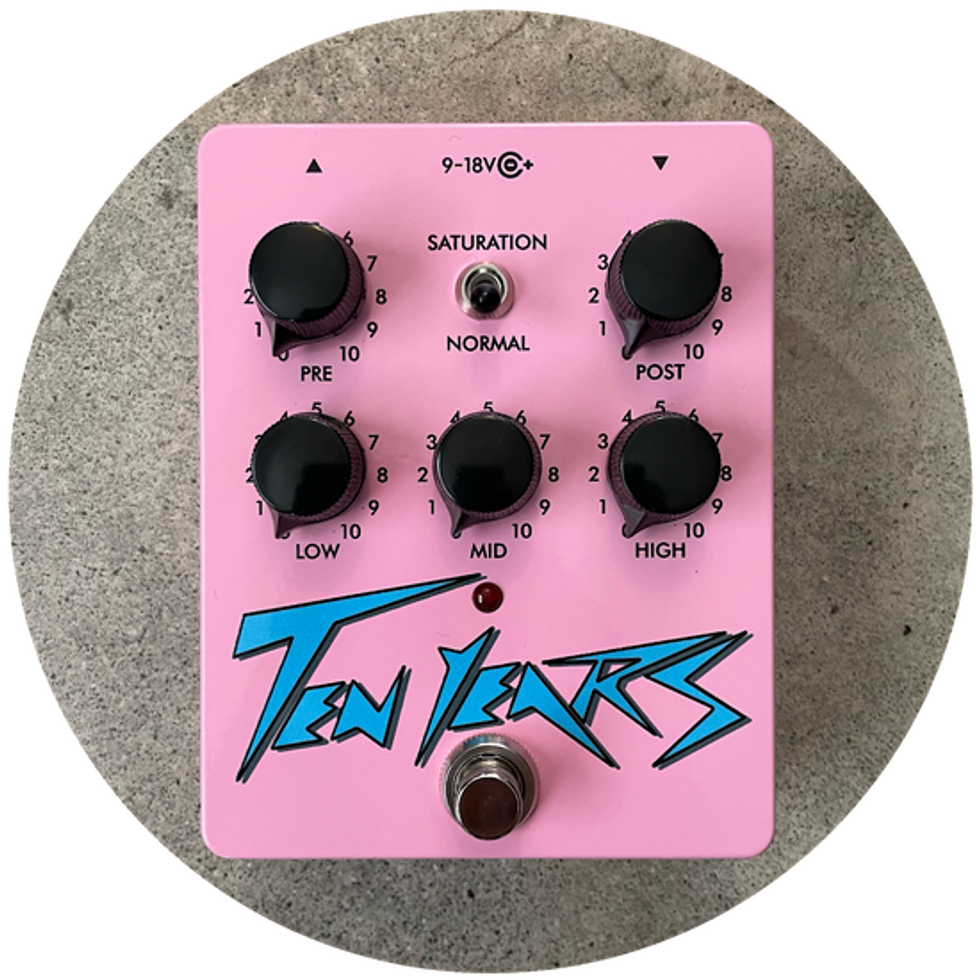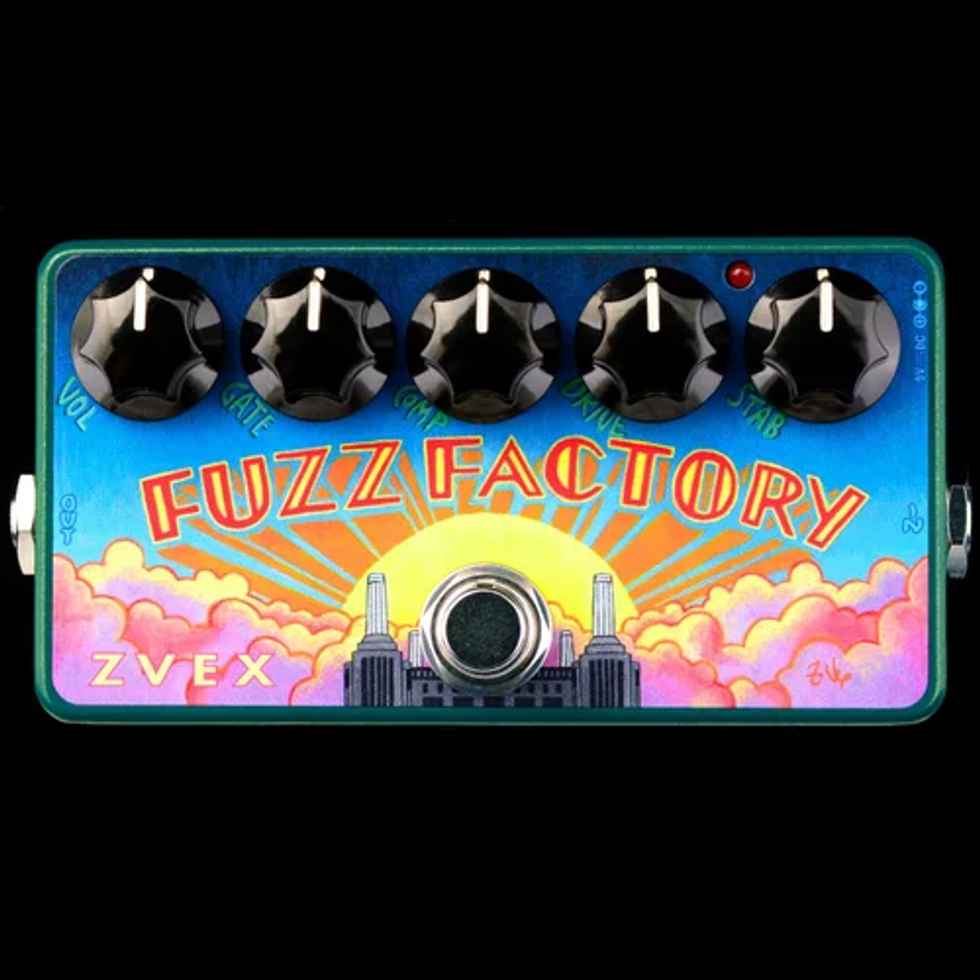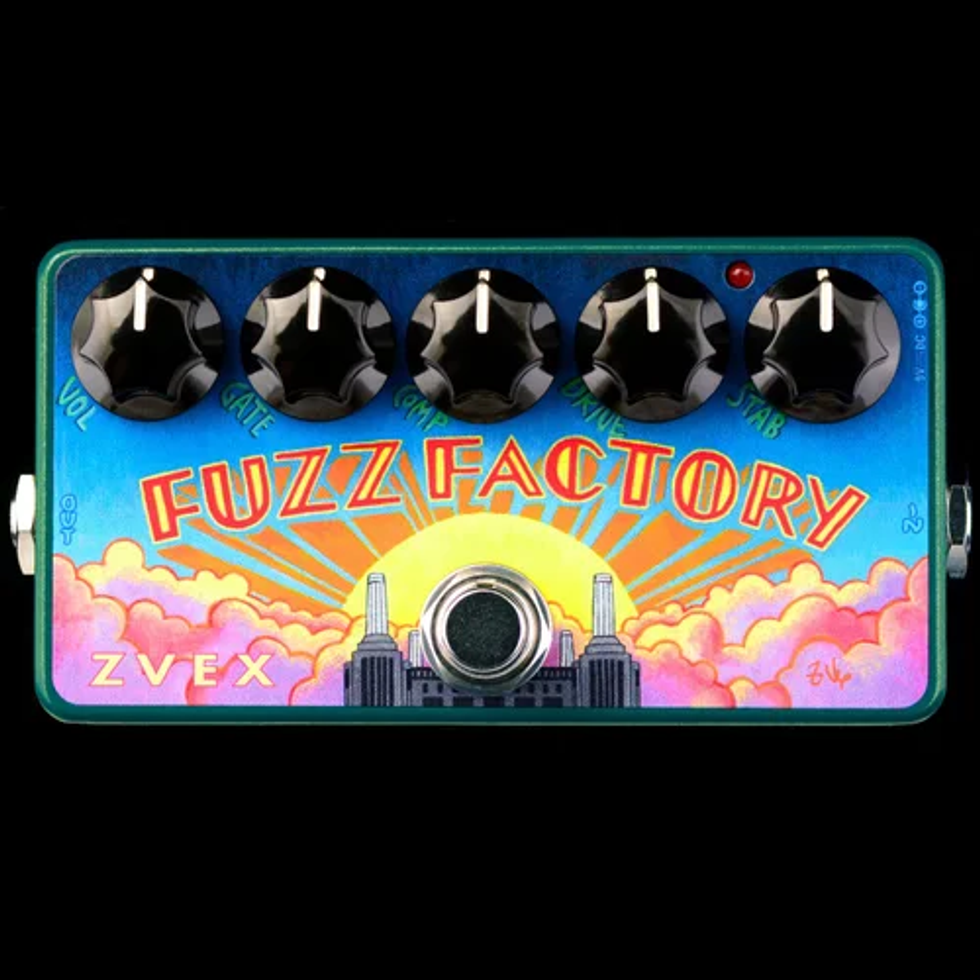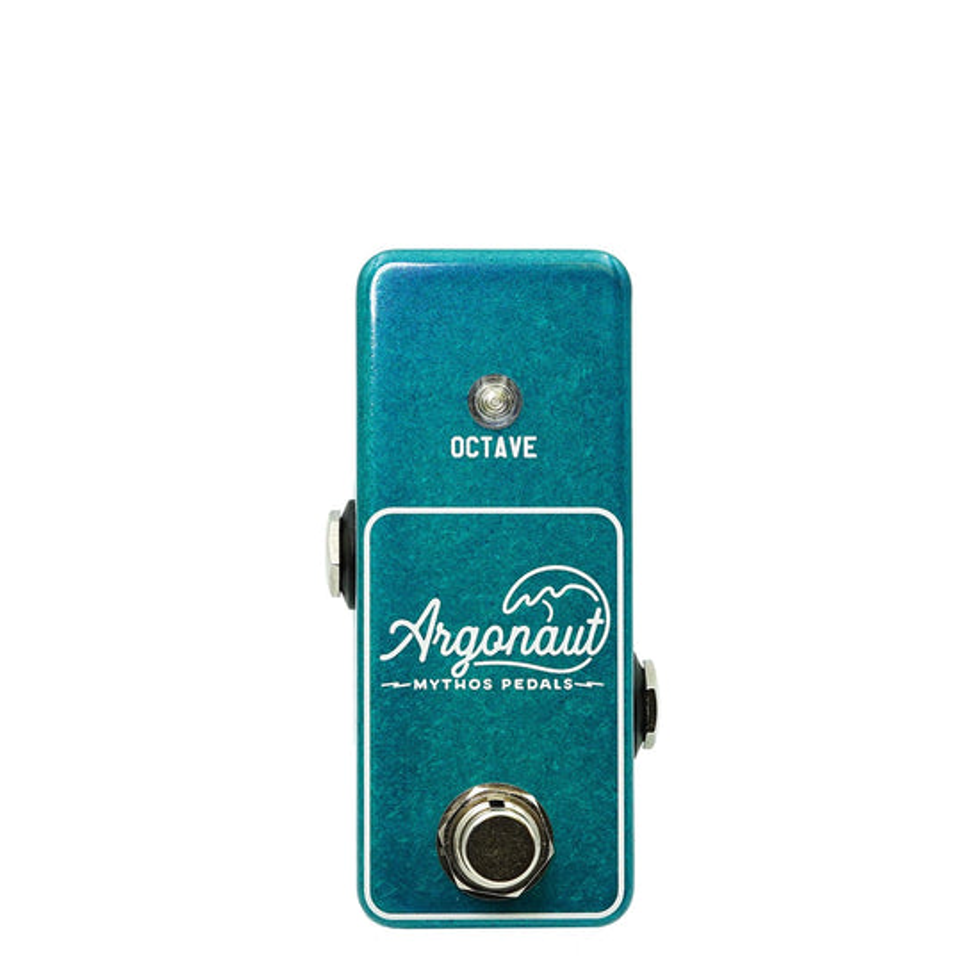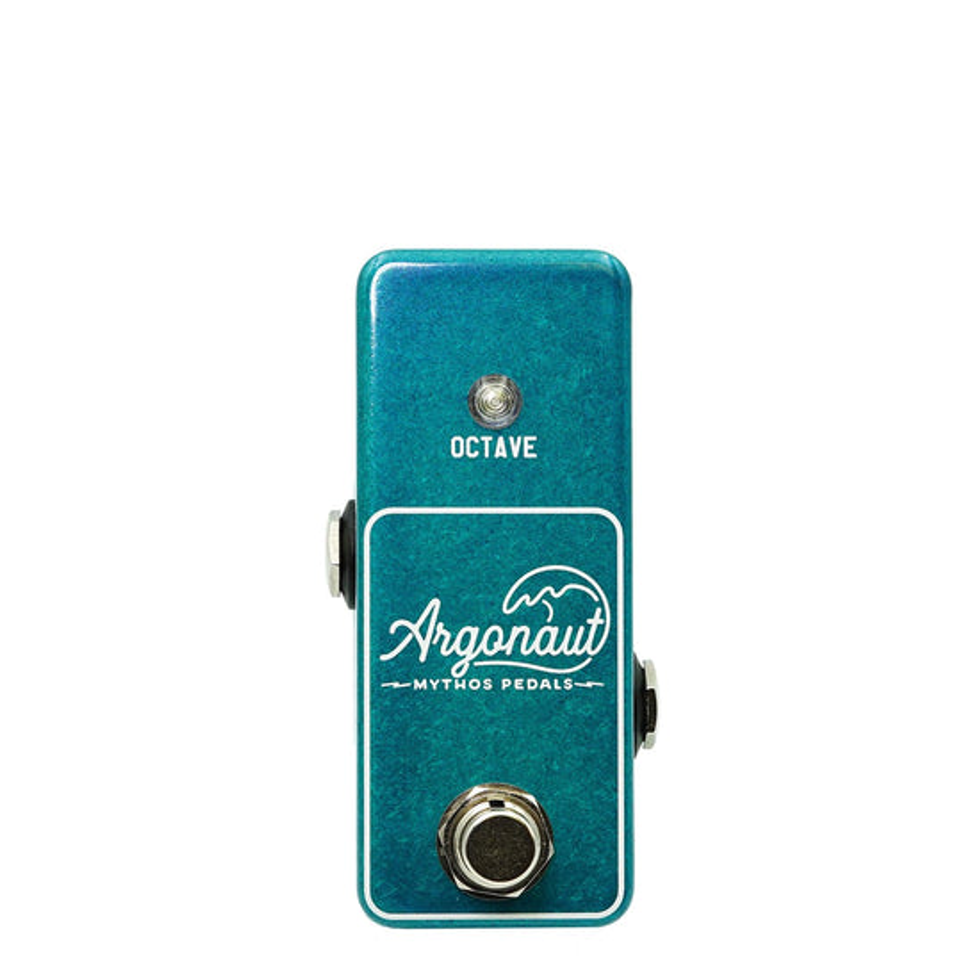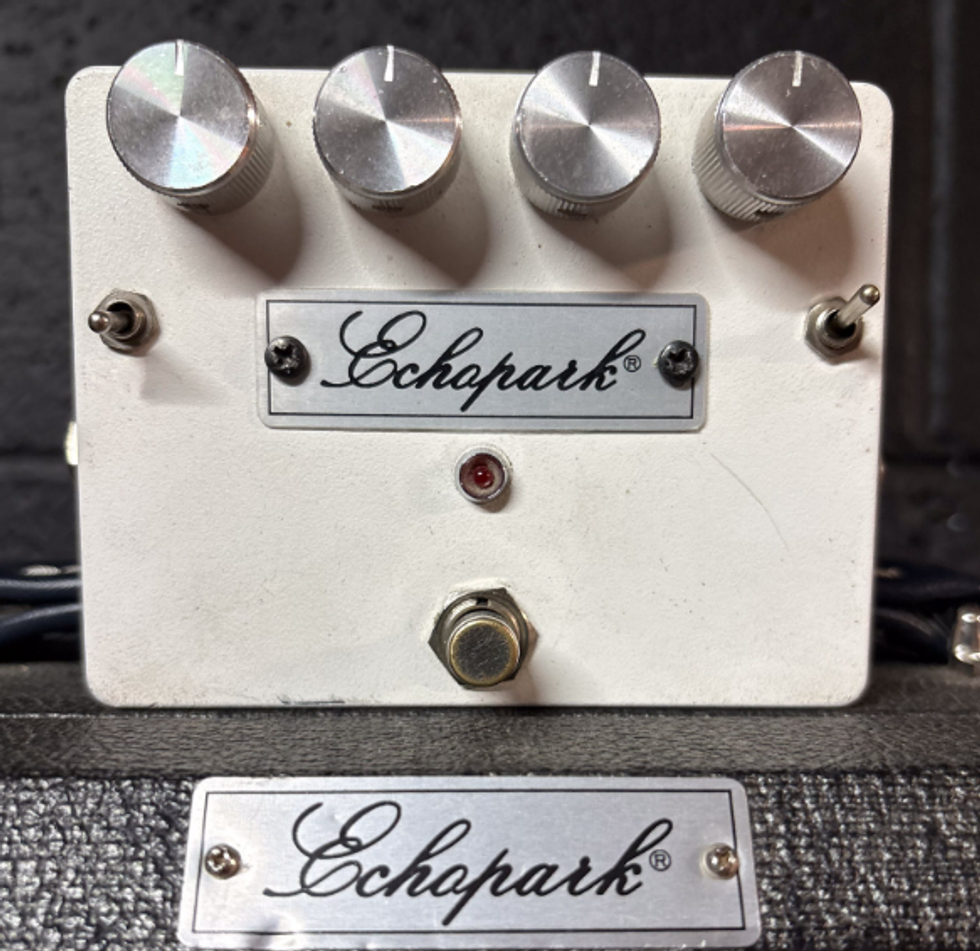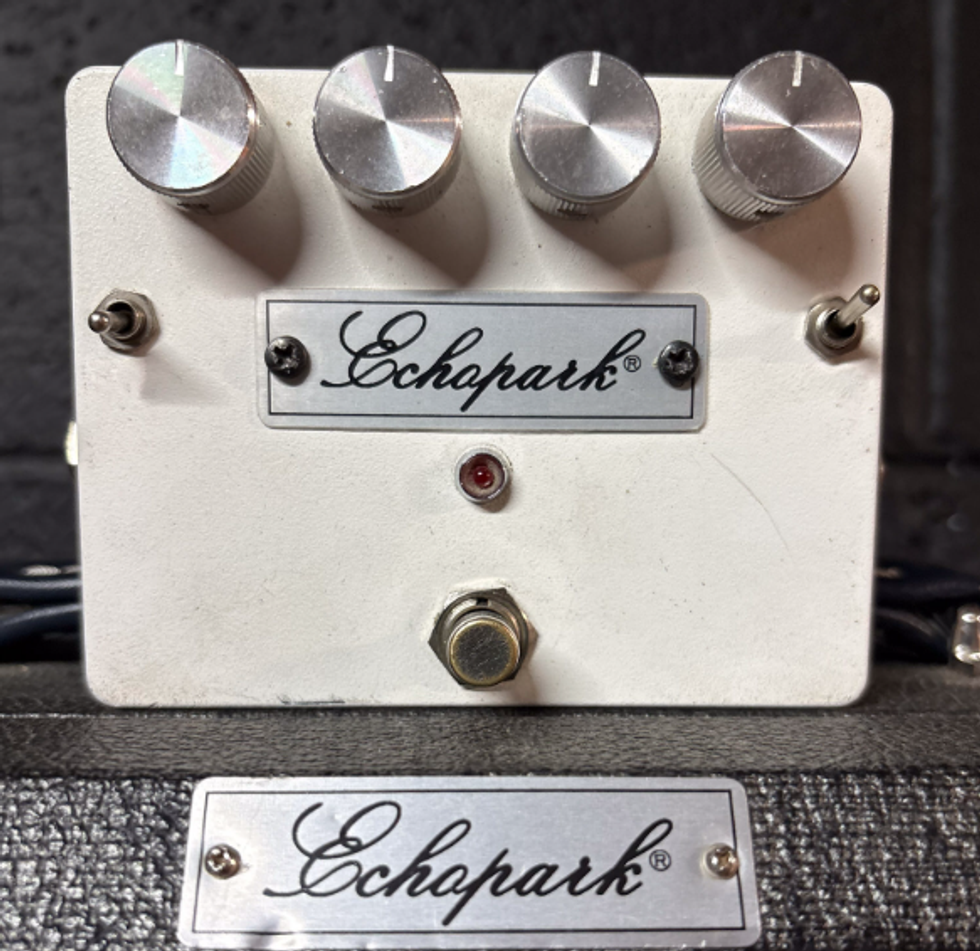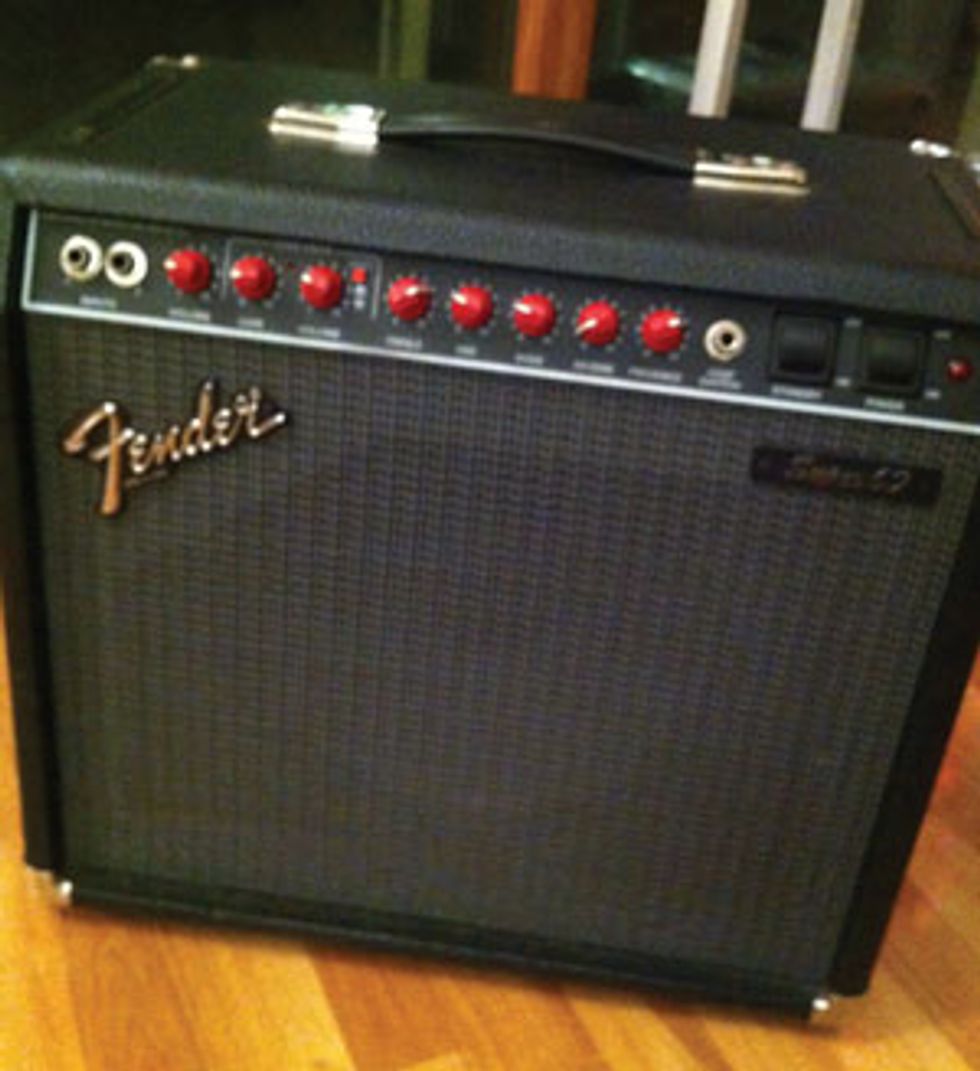 The Fender Super 60 packed a
60-watt, dual-6L6 power section
into a compact 1x12 cabinet.
Other features include switchable
clean and gain channels,
treble, mid, bass, and presence
knobs, and spring reverb.
The Fender Super 60 packed a
60-watt, dual-6L6 power section
into a compact 1x12 cabinet.
Other features include switchable
clean and gain channels,
treble, mid, bass, and presence
knobs, and spring reverb.Hello Jeff,
I just started reading your articles and really
find them down-to-earth and informative. I
recently purchased a Fender Super 60 1x12
with red knobs. (Maybe this was produced
during the Rivera era?) I love this little monster’s
clean sound and power. It’s perfect in
smaller venues. However, I’m not happy with
the high-gain channel—it’s not as tight as I
want it. I know the gain on Fender tube amps
is much different from Marshall amps, but
I’m hoping that by replacing the preamp tubes
I could get a little more saturation when the
gain is pushed. But I might be way off and
replacing preamp tubes may not be the answer.
Any suggestions? Thanks!
—Gerry
Hi Gerry,
Thanks for reading my columns
and I’m glad you find them
informative. Your red-knob
Fender Super 60 was designed
in 1988, but it does not appear
to be a Paul Rivera circuit, as the
schematic credits C. Kobylarz as
the engineer on the project. The
amp actually came in three configurations:
head, 1x12 combo,
and a rackmount unit with a
state-of-the-art “Zootometer”—
an LED bar graph for power output.
Just in case you didn’t know
how loud you actually were!
As far as the gain structure of the amp, as I recall the gain channel on these amps can be a little loose and grainy. In looking at the schematic, there are some modifications I’d try in an attempt to change these characteristics, but there may be a downside to this. (More on that in a moment.) First, let’s explore your question about preamp tubes. This is something you can easily do and it keeps the service fee in your pocket.
Changing preamp tubes can definitely change the characteristics of an amp, and if you don’t know the age or condition of the tubes, it’s probably a good idea to change them anyway. An old worn preamp tube could be responsible for part of the bad tone you’re experiencing now. When changing tubes, sometimes the audible difference is subtle, but sometimes it’s much more noticeable. And that‘s where the fun comes in.
Different preamp tubes from different manufacturers sound different. A Chinesemanufactured tube is typically considered a brighter tube with a good deal of gain. A Russianmade tube is typically fuller sounding with just slightly less gain. Most new-old-stock (NOS) preamp tubes are thought to be the best sounding of all, due to the quality of the materials used back in the day.
My suggestion would be to do your research by searching preamp tube characteristics online. There’s plenty of information with descriptive adjectives of different 12AX7 tubes. If possible, purchase a few different types and experiment yourself by playing each one of them.
In your particular case— where you’re interested in getting more saturation and tightening up the overdrive characteristics—I believe the tube that will affect that the most is V101. This is the tube closest to the input jacks and is responsible for most of the amp’s gain. Plugging in each replacement tube here will give you a good idea of its characteristics and if it’s capable of accomplishing the sonic change you’re looking for.
Tube prices range from $10 to well over $100 for some NOS items, so get what you can afford to experiment with. Remember you can also use these tubes in the V102 position, which is the tone stack and pre-driver tube. Trying different tubes here can affect the overall tone and response of the amp.
By the way, there’s nothing wrong with mixing different types of preamp tubes in an amp. In fact, sometimes you get the best results with different brands in different positions. As an affordable suggestion, I’d recommend auditioning a Sovtek 12AX7WB, a reissue Mullard 12AX7, and a reissue Tung-Sol 12AX7 in the V101 position and see where that gets you.
If tube substitution doesn’t yield the result you’re seeking, there may be a couple of circuit modifications you can try, but here’s where the rub comes in. You mention really liking the amp’s clean sound. Since almost all the Super 60’s circuitry is shared between both channels, almost anything done to improve the quality of the gain channel will affect the clean sound as well.
As with most mods, there’s usually a tradeoff, but here are a few suggestions if you’re willing to give them a try. Important: These mods should be done by someone qualified and familiar with working on tube gear, as hazardous voltages can be present.
Change the value of power supply resistor R167 from 120k to 82k. This should raise the voltage supplied to the V101 plate resistors by approximately 60 volts, increasing the size of the signal at the plates for more saturation. The increased voltage often tends to tighten things up a bit, too.
Substantially decrease the value of R103 from 390k to 100k or less. This will allow more saturation of the second gain stage.
Change the value of the capacitors in the tone stack. While the traditional Fender values work well for clean tones, they don’t always sound good for overdriven tones. Change C6 and C7 from a 0.1 μF and 0.047 μF respectively to .022 μF caps. This will give the tones more of a British flavor. If the tones are a bit too bright or harsh, you can also experiment with changing the treble cap C4 from a 100 pF to a 250 pF value.
These, of course, are only a few of many possible mods that could get your amp closer to what you expect. But, as with most amps, each mod will almost always do one thing best, so you’ll need to experiment to understand the tradeoffs.
I hope you’re successful in making your Fender 60 combo really Super.
 Jeff Bober is one of
the godfathers of the
low-wattage amp revolution,
co-founded and was
the principal designer for
Budda Amplification. Jeff recently launched EAST
Amplification, and he can be reached at
pgampman@gmail.com.
Jeff Bober is one of
the godfathers of the
low-wattage amp revolution,
co-founded and was
the principal designer for
Budda Amplification. Jeff recently launched EAST
Amplification, and he can be reached at
pgampman@gmail.com.











![Rig Rundown: AFI [2025]](https://www.premierguitar.com/media-library/youtube.jpg?id=62064741&width=1245&height=700&quality=70&coordinates=0%2C0%2C0%2C0)












 Shop Scott's Rig
Shop Scott's Rig

